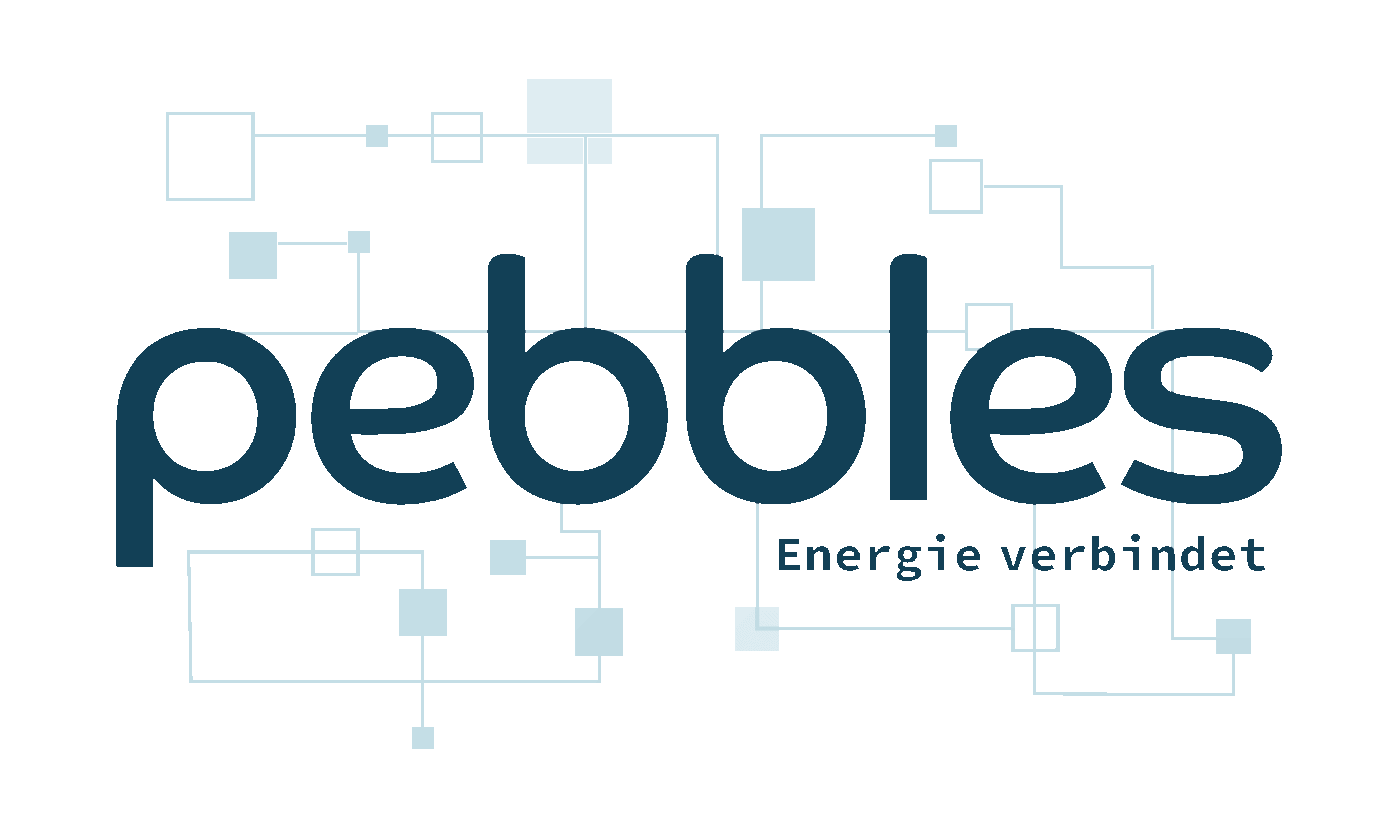Eleven key statements about pebbles
- With a local energy market like pebbles consumers, producers and prosumers of all sizes can participate directly in energy trading for the first time. Another new feature is that flexibility, e.g. from battery storage or e-cars, is traded and the capacity of the distribution grid is taken into account.
- Local trading can increase regional value creation and generate individual monetary benefits. This increases the acceptance of the local population for the expansion of renewable energies.
- For the operators of generation plants, a local energy market offers an attractive and urgently needed marketing model: new plants could be installed independently of EEG subsidies and existing plants could be enabled to continue operating after the EEG subsidies expires.
- Grid bottlenecks already cause costs of around one billion euros per year in Germany. By taking the capacities of the distribution grid into account in trading, as implemented in pebbles, bottlenecks and costs can be significantly reduced. (Bundesnetzagentur, 2020 – Monitoring Report 2019)
- The pebbles concept enables improved balancing of generation and consumption at the local level. This creates significant economic added value by reducing the curtailment of renewable energy and the need for grid expansion, the costs of which are estimated at over 100 billion euros by 2030 alone, based on the current approach. (Bundesnetzagentur, 2021 – Annual Report 2020
- Together with energy pioneers in Wildpoldsried, the technical implementation of the innovative concept was demonstrated in real operation and showed how a local energy market can work according to the pebbles concept.
- With pebbles was shown how modern communication technology and digital platforms can be used in the energy industry to cost-effectively integrate a large number of decentralized energy plants and reduce the complexity of system-optimized energy trading.
- Blockchain technology was used to generate a maximum of transparency as well as security and trust for local energy trading.
- The day-ahead market within pebbles would need to be complemented by an intraday market to reduce forecast deviations and resulting compensation energy payments. To further reduce the compensation energy payments, a common balancing group should be formed in addition to the balancing groups of the individual participants ensuring that actual incurred costs are only allocated.
- pebbles shows how the system-serving integration of flexibility into the energy system can work with benefits for the individual and the prospect of minimizing the future costs of the energy transition.
- Local energy markets like pebbles have great potential to increase the acceptance of the decentralized expansion of renewable energies, to reduce the costs of the energy transition with market mechanisms and to contribute to the achievement of climate protection goals. Policymakers are called to expand the electricity market design as quickly as possible, to integrate local energy markets, and to create the necessary regulatory framework.
